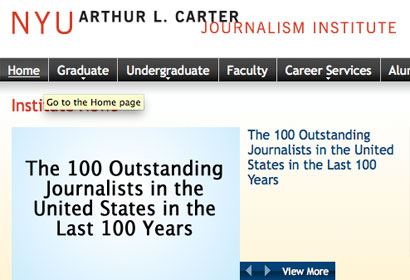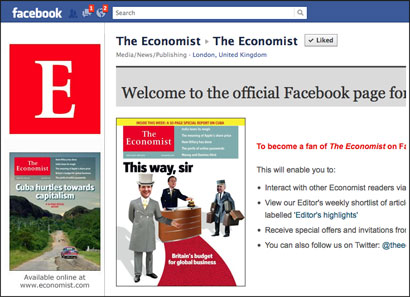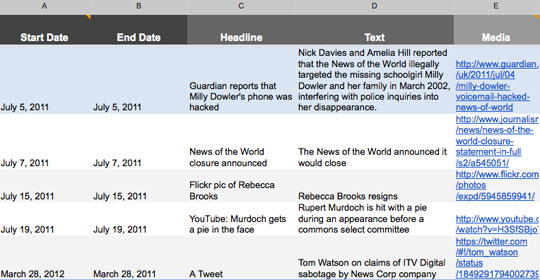
Journalism.co.uk runs a range of training courses to help boost your skills in a particular area of journalism.
Here is a list of the training courses we are running this spring. We will be adding more soon.
Successful freelance journalism
- Date: 2 May
- Tutors: Olivia Gordon and Jo Payton
Do you want to know how to get off the ground as a freelance writer and build a successful business? Led by two experienced and in-demand journalists, this course on how to be a successful freelance journalist will help anyone thinking of working as a freelance journalist, as well as new freelancers, or those who are already working in the field but want a refresher to up their game.
Advanced online research skills
- Date: 3 May
- Tutor: Colin Meek
An intensive course covering quick tips for slicker working and a range of other investigative techniques and strategies for taking your desk research to the next level.
Online sub-editing
- Date: 4 May
- Tutors: Emmanuelle Smith and Jane Wild
Whether you’re a print sub-editor looking to update your skills and transfer them to the web, or looking for that first job in online journalism, you will benefit from this one-day course. As the media and the way in which readers consume it evolve, multi-skilled journalists who can produce great copy for the web are more in demand than ever.
An introduction to data journalism*
- Date: 9 May or 28 May
- Tutor: Kevin Anderson
As governments and institutions release more data, complex numbers have become an important part of many stories. Data journalism is now a skill that can set you apart in a competitive job market.
*This is the last time we will be offering this course led by Kevin Anderson due to his commitments – so take advantage of the final opportunity to learn from this former BBC and Guardian data journalist.
Intermediate data journalism
- Date: 29 May
- Tutor: Kevin Anderson
Now that you know the basics about data journalism, get ready to take your skills to the next level. You’ll leave the course with more confidence on how to tame data, make more powerful visualisations and build stronger cases from your investigative reporting.
Media law refresher
- Date: 21 May
- Tutor: David Banks
A one-day course offering an update on key aspects of media law that can affect anyone publishing in the UK.
It covers areas such as libel, contempt, reporting the courts, sexual offences, children, privacy and confidentiality and copyright.
The course includes updates on the legal areas being explored by the Leveson inquiry, such as Bribery Act, RIPA, Data Protection Act and Misuse of Computers Act.
Online media law
- Date: 11 June
- Tutor: David Banks
A course that focuses on the media law that particularly affects those working in new media.
The course covers libel, contempt, privacy and confidentiality, copyright, Data Protection Act and Misuse of Computers Act with special reference to cases affecting those working online.
Adding a second string to your bow
- Date: 23 May (evening)
- Tutor: Steve Bustin
Times are tough for freelance journalists, with increasing numbers of writers chasing a decreasing number of commissions, leaving many facing a reduced income.
This course examines ways to boost your income by developing a ‘second string to your bow’, developing and selling other services such as corporate copywriting, PR services and paid public speaking.
How to set up a hyperlocal news site
- Date: 28 May
- Tutor: Philip John
Want to get a head start in the exciting new world of hyperlocal journalism? This course will guide you through the process, from inception to sustainability. You’ll learn about using the right mix of technology, how to encourage contributions and marketing on a tiny budget, plus we’ll cover the unique set of issues facing hyperlocal sites.
To suggest a course or find out more email me using this link or call 01273 384291.








